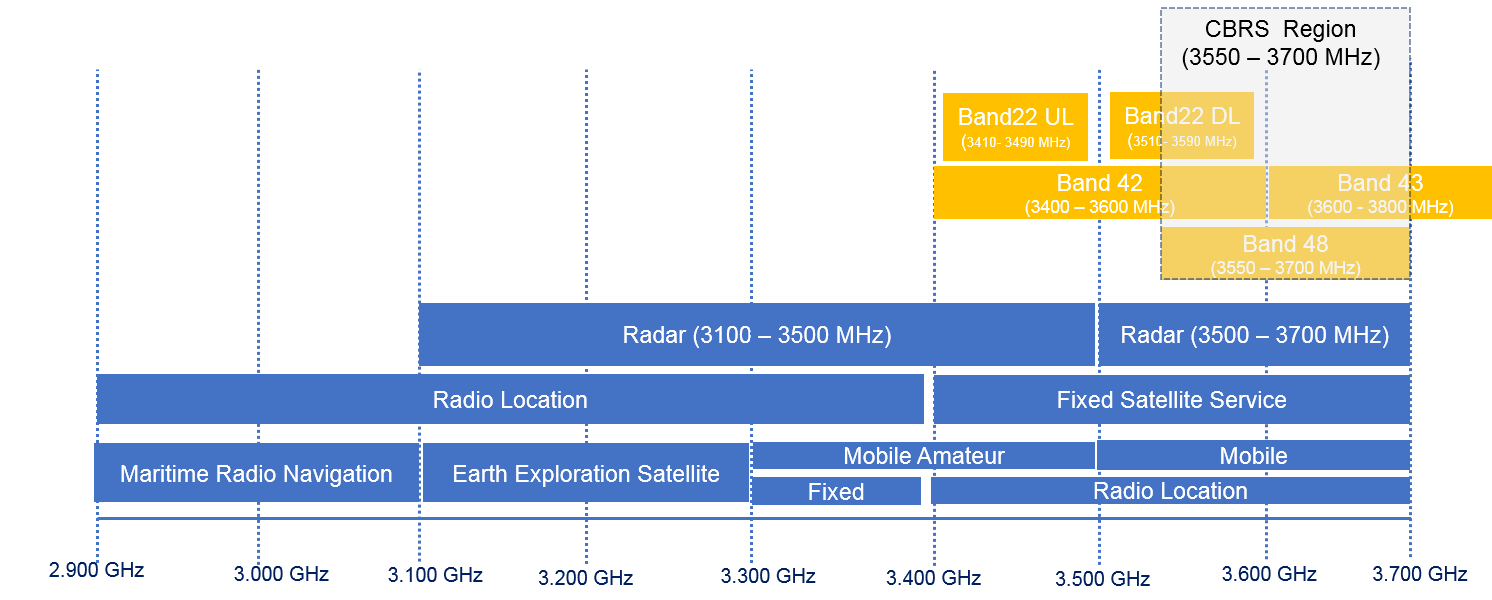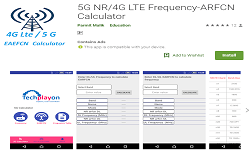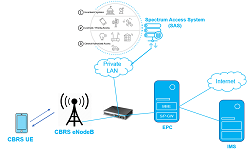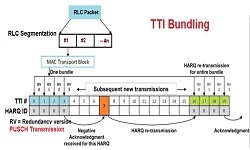Citizens Broadband Radio Service, Frequency Spectrum, Operation Modes
Citizens Broadband Radio Service (CBRS) is a 150 MHz wide broadcast band in 3.5 GHz band starting from 3550 MHz to 3700 MHz. The Federal Communications Commission (FCC) regulates interstate and international communications by radio, television, wire, satellite, and cable in all 50 states, the District of Columbia and U.S. territories.
In 2017, the FCC completed a process to establish rules for commercial use of this band. Commercializing this band enables Service Providers/Wireless Operators to use it without acquiring frequency licenses. CBRS frequency spectrum shall help 4G/5G mobile networks deployment quicker and easier. CBRS band is also referred as 3.5 GHz band. The main users of the 3.5 GHz band are the US military services: The US Air Force, Army, Coast Guard, Marines and Navy. The US government’s intent is to make this band available for commercial flexible wireless broadband use, leading to improved broadband access and performance for consumers.
Why CBRS Band
- Use of the CBRS band will not require spectrum licenses, and is expected to reduce the cost of data transmissions
- This will enable carriers “to deploy network faster and easier, using the shared airwaves instead of trying to acquire spectrum licenses at auction or through deals
Frequency Spectrum and Its Uses (2900 MHz -3700 MHz)
Picture below depict the frequency spectrum starting from 2900 MHz to 3700 MHz and how different block of spectrum is being used in different application. CBRS spectrum region is on extreme right starting from 3550 MHz to 3700 MHz a 150 MHz block.
This 150 MHz block can be mapped to 3GPP defined LTE band B48, B43, B42 and B28. B48 can be fully mapped whiles B43, B42 and B28 are partially.
Below is the frequency range of each LTE band and How much it comes under CBRS band
- B48 (TD 3600) : 3550 MHz – 3750 MHz, Duplex Mode – TDD, It covers complete 150 MHz block of CBRS spectrum
- B43 (TD 3700): 3600 MHz – 3800 MHz, Duplex Mode – TDD, It covers 100 MHz out of 150 MHz
- B42 (TD 3500): 3400 MHz – 3600 MHz, Duplex Mode – TDD, It covers starting 50 MHz out of 150 MHz
- B22 (FD 3500): UL – 3410 – 3490 MHz and DL 3510 – 3590 MHz, Duplex Mode – FDD, It covers 40 MHz
CBRS Spectrum Operation:
The CBRS spectrum operation is controlled via a three-tier spectrum authorization framework to accommodate a variety of commercial uses on a shared basis with incumbent federal and non-federal users of the band. Access and operations will be managed by a dynamic spectrum access system, conceptually similar to the databases used to manage Television White Space (TVWS) devices.
The three tiers licenses are listed below :
- Incumbent Access (IA): This access license is used by the US Navy users and also for fixed satellite services (FSS). This access has absolute priority over other type of allocation.
- Priority Access (PA): This license is used by hospitals, utilities and government departments as well as non-critical users such as mobile network operators (MNOs).This access license will be assigned using competitive bidding within the 3550-3650 MHz freuncy block. Each license under this is defined as a non-renewable authorization to use a 10 megahertz channel in a single census tract (small geographic area- district) for three-years. Up to seven total PALs may be assigned in any given census tract with up to four PALs going to any single applicant. Applicants may acquire up to two-consecutive PAL terms in any given license area during the first auction.
- General Authorized Access (GAA): This is for users that will potentially have access to all 150 megahertz in the 3550-3700 MHz. General Authorized Access users are permitted to use any portion of the 3550-3700 MHz band not assigned to a higher tier user and may also operate opportunistically on unused Priority Access channels.
Where CBRS can be used ?
- A Mobile carrier/Service Provider can use CBRS spectrum to increase the network capacity
- It can be used in Private LTE Network covering a factory in a industrial areas or covering a mine area
- It can be used in Fixed Wireless Access (FWA) connection residential and enterprise broadband
- It can be used as Neutral Host providing coverage to a venue or public building
Related Post:
- Citizens Broadband Radio Service Devices (CBSD), It types and OEMs
- CBRS Network Architecture and Spectrum Access System (SAS) Operation





